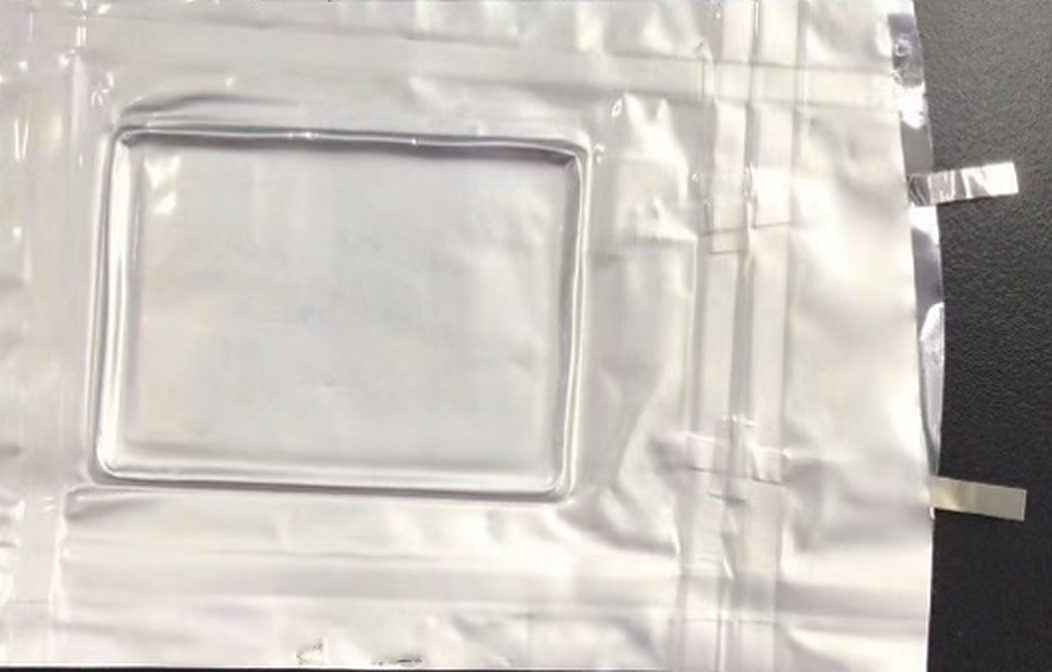An international research team has fabricated a room-temperature sodium-sulfur (Na-S) battery to provide a high-performing solution for large renewable energy storage systems.
Sodium-sulfur batteries have long offered high potential for grid-scale stationary energy storage, due to their low cost and high theoretical energy density of both sodium and sulfur. However, they have also been seen as an inferior alternative and their widespread use has been limited by low energy capacity and short life cycles.
To overcome these limitations, the research team implemented a simple pyrolysis process and carbon-based electrodes to improve the reactivity of sulfur and the reversibility of reactions between sulfur and sodium.
“Our sodium battery has the potential to dramatically reduce costs while providing four times as much storage capacity,” said researcher Shenlong Zhao, in reference to the device's competitiveness with lithium-ion batteries. “Storage solutions that are manufactured using plentiful resources like sodium – which can be processed from seawater – also have the potential to guarantee greater energy security more broadly and allow more countries to join the shift toward decarbonization.”
Popular content
The scientists built the battery with an integrated dual active sites cathode, which was made with sulfur-doped graphene frameworks supporting atomically dispersed molybdenum disulfide (2H-MoS2) and molybdenum (Mo1). The researchers said the battery displayed “unprecedented cyclic stability” and rate performance, with a high initial capacity and a low-capacity decay rate of 0.05% per cycle over 1,000 cycles at room temperature. It had an initial capacity of 1,017 mAh g−1 and retained a high capacity of 505 mAh g−1 after 1,000 cycles at 0.1 A g−1.
The academics said they have successfully fabricated and tested the lab-scale batteries in the University of Sydney’s chemical engineering facility. They plan to improve and commercialize the cells.
They described the new battery tech in “Atomically Dispersed Dual-Site Cathode with a Record High Sulfur Mass Loading for High-Performance Room-Temperature Sodium–Sulfur Batteries,” which was recently published in Advanced Materials. The group includes scientists from Chongqing University, the Chinese Academy of Sciences, and the University of Science and Technology in China, as well as from the University of Adelaide, the University of Wollongong, and the University of Sydney in Australia.
This content is protected by copyright and may not be reused. If you want to cooperate with us and would like to reuse some of our content, please contact: editors@pv-magazine.com.




What are the possible applications in the near future for these Sodium Sulphur batteries? Could they be good to store energy from a photo voltaic system? Thank you